I've a json file
{
"articles": [
{
"id": 1,
"title": "<h1>How to install Atom</h1>"
},
{
"id": 2,
"title": "<h1>Installing Boostrap</h1>"
}
]
}
I am using json-server with angular 8 to read this json. As you can see title field is supposed to be an html head tag when rendered on screen. But it is getting printed as it is. See, this is what I am trying to say.
 . I want to convert this into heading-1 tag in run time. My
. I want to convert this into heading-1 tag in run time. My app.component.html is
<div id="data-container">
</div>
Hello
<table>
<tr *ngFor="let art of lstcomments">
<td>{{art.id}}</td>
<td>
document.querySelector('#data-container').innerHTML={{art.title}}
</td>
</tr>
</table>
</div>
<router-outlet></router-outlet>
My title is stored in {{ art.title }}. I tried creating a separate div with id data-container and used document.querySelector but the whole code gets printed as a string. What should I do now.